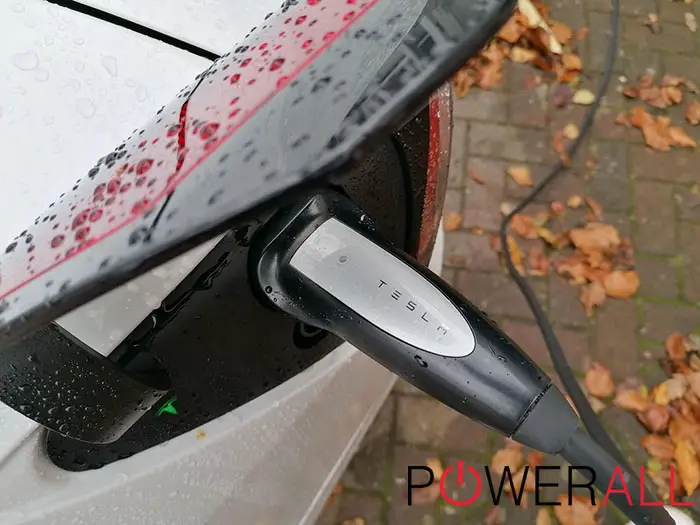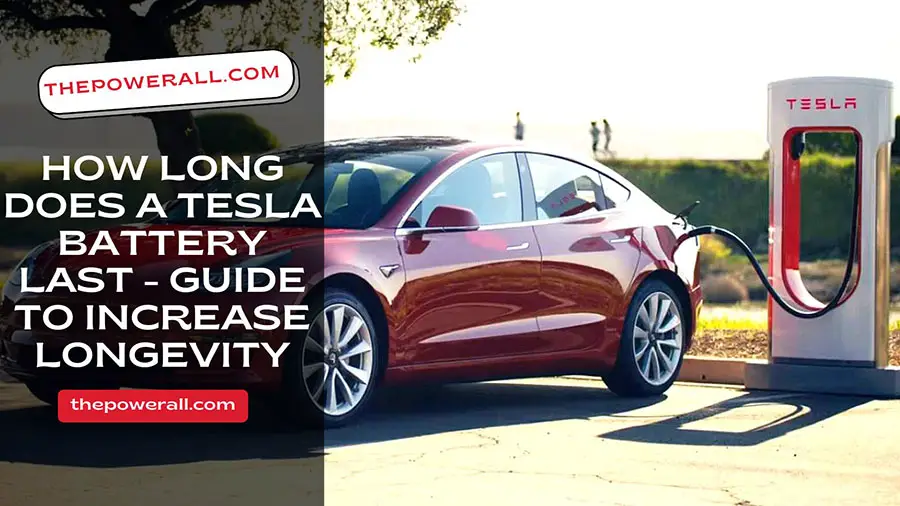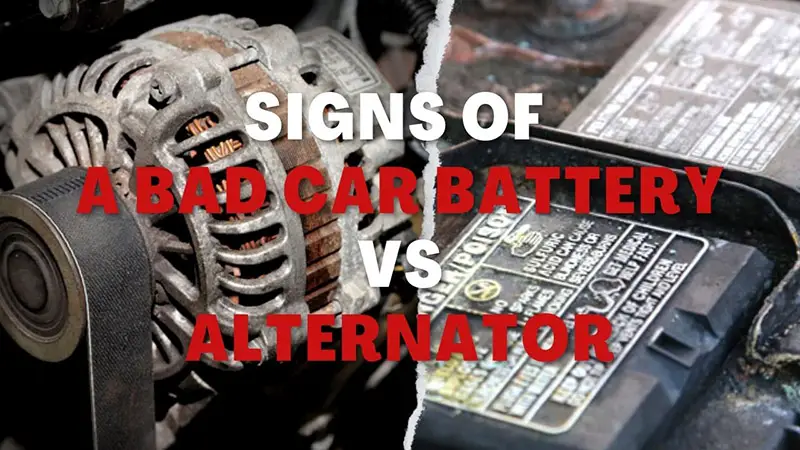Tesla battery lifespan is always a matter of interest to many people interested in electric cars. As a new trend of the times, many people are still divided about its efficiency compared to traditional scooters.
How Far Can A Tesla Battery Run When Fully Charged?
Thanks to many technological innovations, Tesla’s operating range has tended to increase in recent years. Although the increase is modest, only 5 miles for all models, it also shows positive signals in this company segment.
According to many tests, the shortest distance you can go is 267 miles with a single charge; the furthest manufacturer record is about 375 miles. This number may vary depending on your battery capacity and driving habits.
However, like gasoline-powered vehicles, the brand also makes certain adjustments to the available mileage to suit the driving conditions of most existing customers. The average distance for a single charge is about 250 miles.
It can be reduced if you drive fast or have to pedal often. Different distal versions also have different ideal ranges. Based on EPA estimates, we have the following table:
| Model | Range |
| Model S | 375 miles |
| Model S Plaid | 348 miles |
| 3 Long Range | 334 miles |
| X | 332 miles |
| Y Long Range | 318 miles |
| 3 Performance | 315 miles |
| X Plaid | 313 miles |
| Y Performance | 303 miles |
| 3 Standard Range | 267 miles |
How long do Tesla batteries last?
As shared by Elon Musk – Tesla CEO, battery longevity is estimated to last between 300,000 – 500,000 miles. If you divide this number by the average American driving distance per year (about 14,263 miles), that comes out to about 22 to 35 years.
However, this is not a number that Tesla can promise with certainty because it depends on many other factors. The company’s free warranty program will end when the total distance reaches 100,000 or 150,000 miles (depending on the model).
Thus, there is no guarantee of how well your battery will perform after running to that extent. When the car has more than 300,000 miles, it will not be able to perform as well as it should. You can now think about replacing it even if it’s not finished.
Every 160,000 miles, the vehicle’s energy density degrades by 10% from its original performance. Charging multiple times strains the battery’s quality, but you can rest assured that very few people have to drive more than 300 miles a day.
See more: how long does a car battery last
Factors Affecting The Vehicle Range
As mentioned above, the miles of range of Tesla batteries depend on many objective and subjective factors, such as battery size, vehicle model, and control method. Now let’s dive into the analysis of each element.
Car Model
How the stored energy is allocated determines the number of batteries. Vehicle factors such as aerodynamics, powertrain performance, traction, weight, etc., play an important role.
Newer models with more modern and lighter powertrains consume stored electricity more efficiently than older models. Therefore, the battery in each car model will have a different operating range.
For example, the Tesla Model 3 is a reasonable choice for those who don’t need to travel far because it is smaller than other variants. There’s a lot to compare to several different products, but it still impresses with its good looks and decent range.
Meanwhile, the Long Range versions like the Tesla Model S have amazing acceleration when; it takes only 3.1 seconds to reach 60 mph. This is an ideal suggestion for those looking for an alternative to gasoline-powered cars.
Also, in the Long Range segment, the Plaid Model possesses more outstanding features such as more refined styling, a stronger spoiler, and a superior traction control system. Its acceleration time is so fast that it only takes 1.99s to reach the same speed.
Battery Size
Battery size is the determining factor in the cost of cars. The bigger the ones, the more they cost. Besides, this size is also proportional to the distance traveled by the vehicle. Larger batteries can store more energy, so they can go further until they recharge.
For example, the battery of Model S has an original capacity of 98 kWh; Model 3 is 80.5 kWh. It means this model has more range than its competitor.
Your Driving Habits
Just like when driving a gasoline engine car, the power of an EV will consume more when you go fast, making it deplete more quickly.
In difficult conditions such as rain, snow, and slippery roads, against the wind, driving will also require more energy, decreasing your range.
Thus, to save battery life, you should maintain a safe speed, make sure the tires are always inflated, brake slowly, and reduce energy use for unnecessary equipment inside the car.
Tesla Battery Warranty

Tesla applies a warranty policy on all versions, which gives customers more peace of mind if the battery fails or stops working within the warranty period.
This service lasts 8 years or chooses a certain distance as a limit. Typically, this range ranges from 100,000 – 150,000 miles. Refer to the following table for more details:
| Tesla Model | Limited Warranty |
| 3 Long Range/Performance | 120k miles |
| 3 Standard Range | 100k miles |
| Model S | 150k miles |
| Model X | 150k miles |
| Model Y Long Range | 120k miles |
| Y Performance | 120k miles |
For example, with a Model Y, you can get care for up to 8 years or before the meter hits 120,000 miles.
The Signs Of Battery Degradation
The battery pack is the main source of energy for the operation of electric cars. When they are degraded or damaged, by observation, can be identified by the following factors:
- A bulging battery box is a sign that it is damaged; car owners must check the package immediately.
- The warning light on the dashboard is not working properly
- The system of lights and horns is unstable
- Batteries have burns, cracks, corrosion, or leaks
- The engine is weak; sometimes, it can’t start
- The car stops suddenly due to a power outage; most likely, the car battery is a bottle.
- Fully charged, but the car can’t go
How To Increase Electric Vehicle Battery Life?
Drivers need to know the following notes to increase the Tesla battery lifespan:
Avoid parking in direct sunlight. The effect of heat causes the battery to heat up, which can easily cause an explosion. If it is imperative to leave the car in the sun, the car owner should take measures to protect it.
Maintains 80% energy capacity when not in use for a long time. Do not recharge if the power of this energy storage unit is enough to move during the day.
Maintain battery capacity at a minimum of over 20% – 85% per charge; charging above 85% will tend to heat up, affecting the chemistry of the battery core.
Routine maintenance and inspection. In case the car is traveling in too hot or too cold weather, users should charge the battery to 80%.
Which Is Better, A Charged Or A Classic Car?
Gasoline cars use internal combustion engines to convert heat energy into mechanical energy; the actual operating efficiency is only about 35%. Tesla motors convert electrical power into mechanical energy, so the efficiency is approximately 90%.
Electric car engines accelerate faster than traditional gasoline cars; internal combustion engines need more time.
The range of the EV depends on battery power. The time to fully charge the battery is usually slower than refueling. Cars running on gasoline and diesel fuel are less affected because users can refuel at any time, thanks to a dense system of gas stations.
Meanwhile, many electric vehicle manufacturers have researched to produce advanced batteries that help to travel longer distances. EVs have better maintenance costs, do not emit emissions, and make less noise when operating.
Thanks to the advantage of being environmentally friendly, this green energy promises to become the trend of choice in the future. However, the choice still depends on the needs and preferences of each consumer.
Drivers often only move in urban areas. If they want to save on monthly car maintenance costs, they should choose electric car models.
FAQs:
How Long Does It Take To Charge A Tesla EV Fully?
This process can take you from 1 to 12 hours, depending on the type of battery and charger. There are different chargers, including standard wall chargers, high-power wall chargers, super speed types, etc.
The standard charger has the slowest speed, and the amount of power it charges per hour is only enough to go about 3 miles; Meanwhile, the rate of super-speed charging is the fastest; it only takes about 30 minutes to complete everything.
The wall connector type has a medium speed; it takes about 8-10 hours.
Does Fully Charging A Tesla Battery Cost A Lot?
The average cost is around $13.96 per charge, and it can range from $9 – $18, depending on the model of the car you’re using.
Compared to refueling, the cost of adding energy to an EV is 3.6 times cheaper per mile (per mile is only about 4.56 cents, while a regular car is 16.66 cents).
Although the initial investment for an electric vehicle is more than that of gasoline-powered models, it is more economical in the long run.
Conclusion
Above is detailed information about Tesla’s battery lifespan. Power outages or failures can cause a lot of trouble for users. This article will help you understand them well to use electric cars most effectively.
See more: how long does a motorcycle battery last









0 Comments